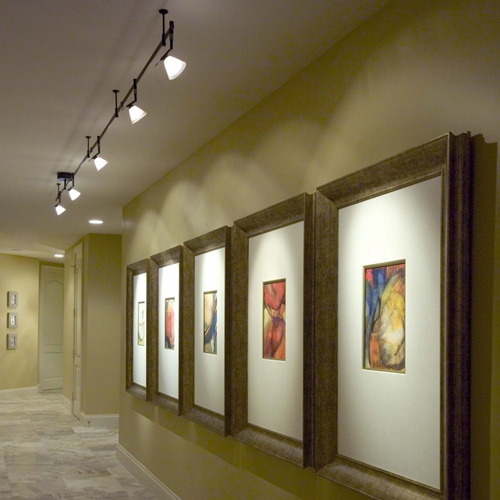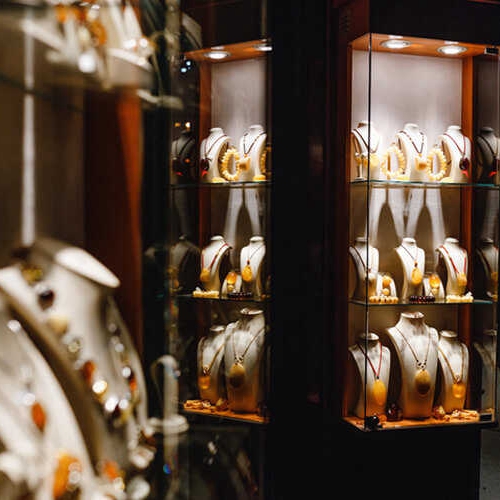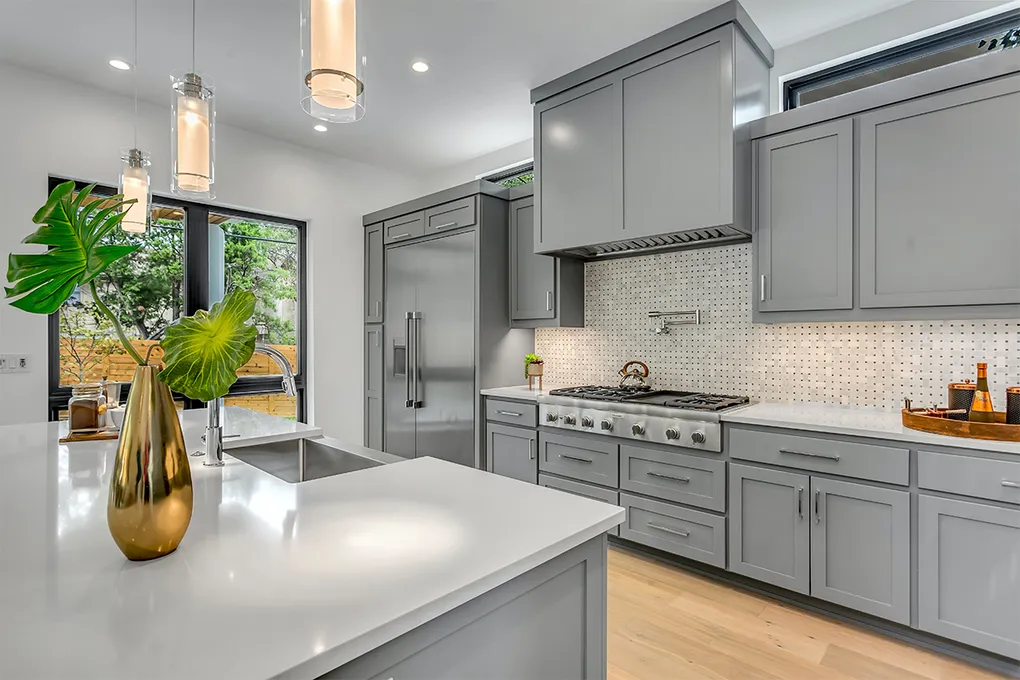In the world of LED lighting, where innovation meets functionality, understanding the jargon is more than just a bonus—it’s essential. Whether you’re a seasoned professional in the lighting industry or a curious enthusiast looking to shed some light on the subject, one term you’ll frequently encounter is “color temperature.” This concept, while seemingly straightforward, holds the key to creating the perfect ambiance, enhancing productivity, and even influencing our emotions and well-being. So, let’s dive into the fascinating world of color temperature, unravel its mysteries, and see how it impacts the spaces we live, work, and play in.
Color Temperature – The Basics
Let’s kick things off with the basics. Color temperature, in the context of LED lights, refers to the hue or appearance of the light emitted from a light source. It’s measured in Kelvin (K), a unit that might bring back memories of high school physics. Imagine a “black body”—a theoretical object that absorbs all incident light—radiating light as it heats up. The color temperature is the specific temperature at which this black body glows with the same color as the light we see.
In simpler terms, color temperature is a scale that describes how “warm” or “cool” the light from a bulb appears. It’s like a cosmic dance between violet and red light, where different temperatures bring out different shades, from the warm, inviting glow of a sunset to the crisp, energizing light of midday.
A Wavelength Walkthrough
To truly grasp color temperature, let’s take a journey through the wavelengths of light. Picture this: inside every light bulb, there’s a metal filament. As this filament heats up, it begins to glow. The progression of this glow—from red to orange, yellow, white, and finally blue—is a visual representation of rising temperature. As the temperature increases, so does the energy of the photons (the particles of light), which causes the light to shift from warmer hues (reds and yellows) to cooler hues (blues).
This shift is critical in the lighting industry because it directly influences how a space feels. The color temperature scale helps us understand this transition, providing a reference for selecting the appropriate lighting for different environments.
Color Temperature Scale Cheat Sheet
Here’s a handy guide to the color temperature scale, offering a glimpse into the different moods and atmospheres each range creates:
- 1700K: Imagine the soft, cozy glow of a matchstick flame. This ultra-warm light is reminiscent of a flickering fire, perfect for creating intimate, relaxed spaces.
- 1900K: Candlelight—think romantic dinners and quiet, contemplative moments. This light exudes warmth and comfort, enveloping you in a gentle embrace.
- 2700K: The warm incandescent glow we associate with grandma’s living room—a nostalgic, comforting light that makes any space feel like home.
- 3000K: Picture the golden hues of a sunset or sunrise. This light is ideal for creating a welcoming, serene atmosphere, perfect for winding down after a long day.
- 3500K: Bright white light, often found in fluorescent fixtures. It’s functional, practical, and commonly used in spaces where clarity and focus are needed.
- 5000K: Horizon daylight—think of stepping outside on a clear day, the world bathed in bright, neutral light. This is the light of productivity and focus.
- 5500K: Pure daylight at noon, sharp and direct, without the harshness of the sun’s glare. It’s a light that energizes and invigorates.
- 6500K: Overcast daylight—soft and diffused, perfect for spaces where you want clarity without the intensity.
- 7500K: The cool, crisp light you might find in the Arctic Circle. It’s almost icy, creating an environment that feels sharp, clean, and highly focused.
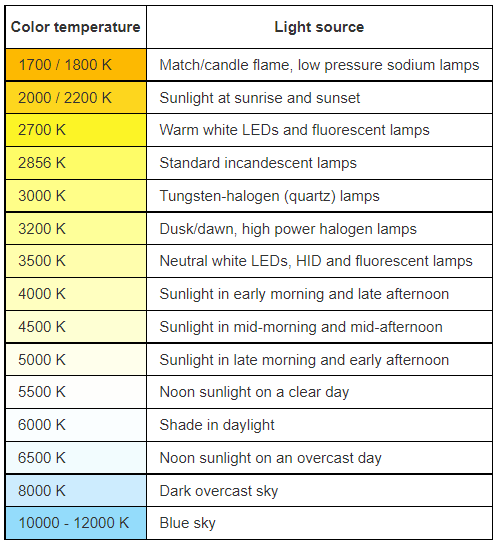
Bringing It Home: Color Temperature in Your Daily Grind
Now that we’ve decoded the color temperature scale, let’s explore how these different temperatures influence our daily lives. From the comfort of your home to the hustle of your workplace, color temperature plays a pivotal role in shaping your environment.
1. Residential Lighting: Creating Your Sanctuary
In the sanctity of your home, lighting isn’t just about functionality; it’s about creating an atmosphere that reflects your style and promotes well-being. Warm LED lights, those in the lower Kelvin range (2700K to 3000K), are your go-to for residential spaces. Why? Because they mimic the natural hues of the setting sun, a light that our bodies have evolved to associate with relaxation.
These cozy, warm-hued fixtures are particularly effective in bedrooms and living rooms—spaces where winding down is the goal. The warm light encourages the production of melatonin, the hormone responsible for regulating sleep, helping you transition from the busyness of the day to the tranquility of the night. Imagine coming home to a living room bathed in soft, golden light, inviting you to curl up with a book or enjoy a quiet evening with loved ones. That’s the power of choosing the right color temperature for your home.
But warm light isn’t just for relaxing. In dining rooms, it creates an intimate setting that enhances the dining experience, making every meal feel special. In hallways and entryways, it offers a welcoming glow that says, “Come on in, you’re home.”
2. Office Lighting: Boosting Productivity
When it comes to the office, however, it’s time to shift gears. Cooler, brighter whites (typically in the 5000K to 6500K range) are the unsung heroes of productivity. These lights simulate the clarity and focus of daylight, helping to keep your brain alert and your energy levels high.
Cool light has been shown to boost serotonin levels—serotonin is the neurotransmitter that keeps us awake, focused, and in a good mood. In an office setting, where concentration and productivity are key, this type of lighting is indispensable. Whether you’re working on detailed tasks, brainstorming ideas, or attending endless Zoom meetings, cool LEDs can help you stay sharp and on task.
Moreover, the higher contrast provided by cool light reduces eye strain, making it easier to read documents, work on screens, and perform tasks that require precision. It’s no wonder that cool lighting is a staple in workspaces, from corporate offices to creative studios.
3. Hotel Lighting: Crafting a Luxurious Experience
In the hospitality industry, first impressions are everything, and lighting is a crucial part of creating that “wow” factor. Hotels use warm color temperatures (around 2700K to 3000K) to create an ambiance of luxury and comfort. From the moment a guest steps into the lobby, the warm, welcoming glow sets the tone for their entire stay.
In hotel lobbies, restaurants, and guest rooms, warm lighting helps create an inviting atmosphere that makes guests feel at ease. It’s all about making the environment feel like a home away from home, a place where guests can relax, unwind, and escape the stresses of travel.
But it’s not just about relaxation—warm lighting also enhances the aesthetic appeal of the space. It highlights the rich textures of fabrics, the subtle tones of wood and stone, and the overall design, creating a space that feels both elegant and approachable.
4. Retail Store Lighting: Setting the Stage for Shopping
In retail environments, lighting does more than just illuminate—it guides the customer experience. The right color temperature can influence how products are perceived, how long customers stay, and even how much they buy.
Retailers often use a mix of warm and cool lighting to create an inviting yet stimulating shopping environment. Warm lighting (around 2700K to 3000K) is often used in areas where customers are encouraged to relax and take their time, such as fitting rooms or lounge areas. It creates a comfortable space where customers feel at ease, making them more likely to linger and make purchases.
In contrast, cooler lighting (5000K to 6500K) is used to highlight merchandise, making colors pop and details stand out. This type of lighting is particularly effective in showcasing clothing, jewelry, and other items where clarity and color accuracy are important. By using cool lighting, retailers can ensure that their products look their best, enticing customers to buy.
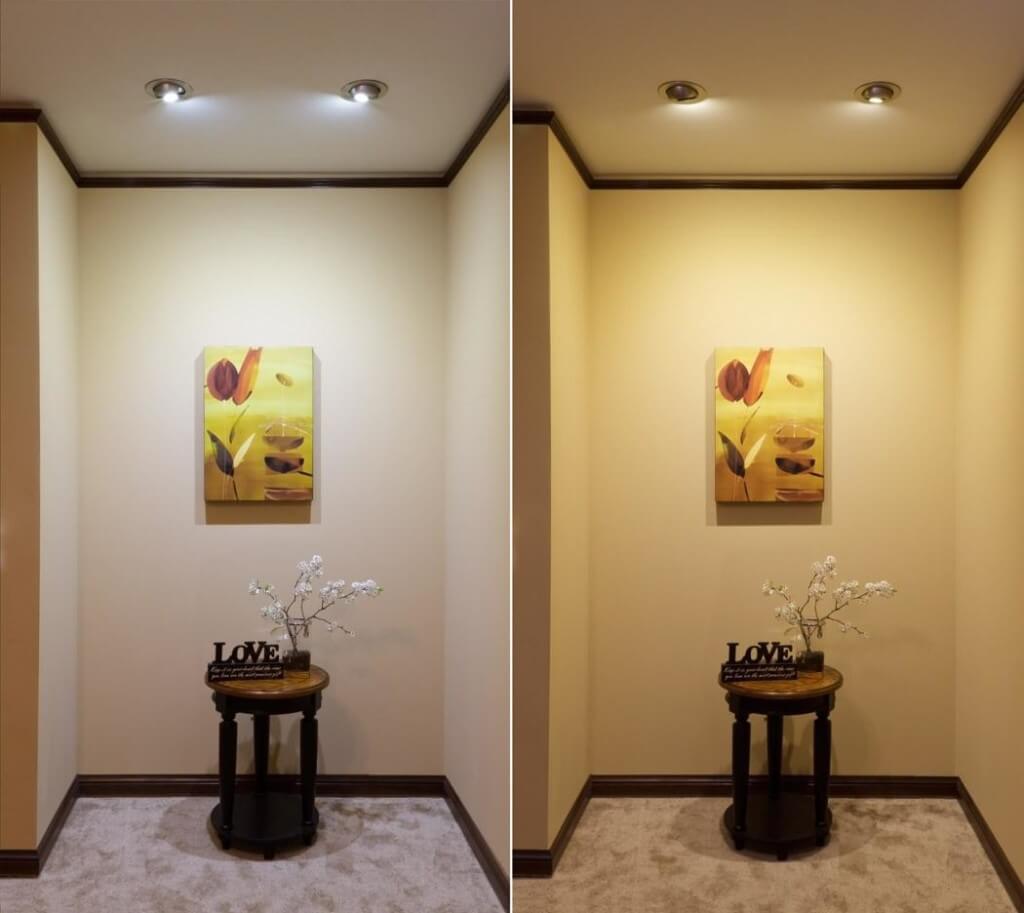
The Science Behind Color Temperature: Why It Matters
You might be wondering, “Why does color temperature matter so much?” The answer lies in how our bodies and minds respond to different types of light. Human beings are wired to respond to natural light, which changes in color temperature throughout the day—from the warm hues of sunrise to the cool light of midday, and back to the warm tones of sunset.
This natural progression of light helps regulate our circadian rhythms, the internal clocks that dictate our sleep-wake cycles. By mimicking these natural light patterns in our artificial lighting, we can better align our indoor environments with our biological needs.
- Mood: Warm lighting creates a sense of comfort and relaxation, making it ideal for spaces where you want to unwind. Cool lighting, on the other hand, is energizing and stimulating, making it perfect for workspaces and other areas where focus is key.
- Productivity: Cool lighting has been shown to enhance cognitive performance, making it easier to concentrate and stay alert. This is why it’s often used in offices, schools, and other environments where productivity is important.
- Health: The right color temperature can also have health benefits. For example, warm lighting in the evening can help signal to your body that it’s time to wind down, promoting better sleep. On the flip side, exposure to cool, blue light late at night can disrupt your sleep patterns, making it harder to fall asleep.
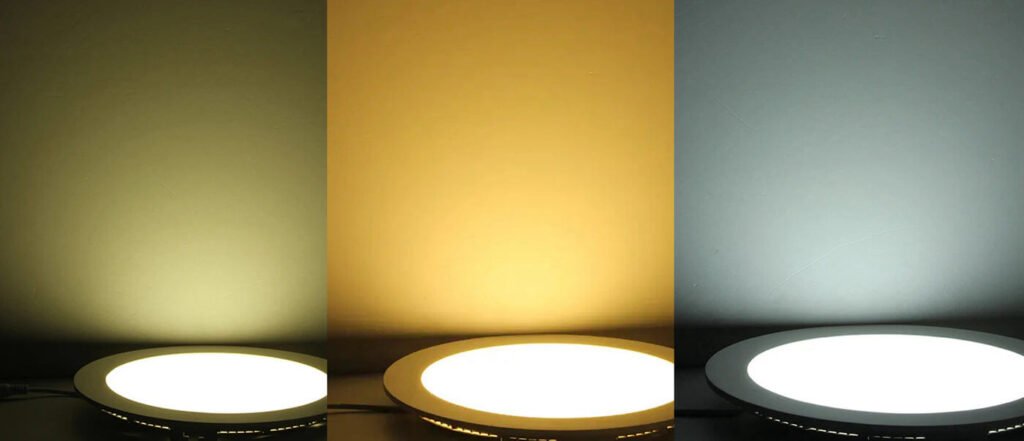
Conclusion: Mastering the Art of Lighting
In the LED lighting industry, understanding color temperature is crucial to creating environments that are not only functional but also enhance our well-being. From the warm, cozy lights that make our homes feel like sanctuaries, to the cool, crisp lights that boost our productivity in the office, color temperature is a powerful tool in the art of lighting design.
By mastering the basics of color temperature, you can transform any space—whether it’s a home, office, hotel, or retail store—into an environment that feels just right. So next time you’re choosing light bulbs, remember: it’s not just about how bright the light is, but also how it makes you feel. And with the right color temperature, you can create spaces that are not only well-lit but also perfectly tuned to your needs.
